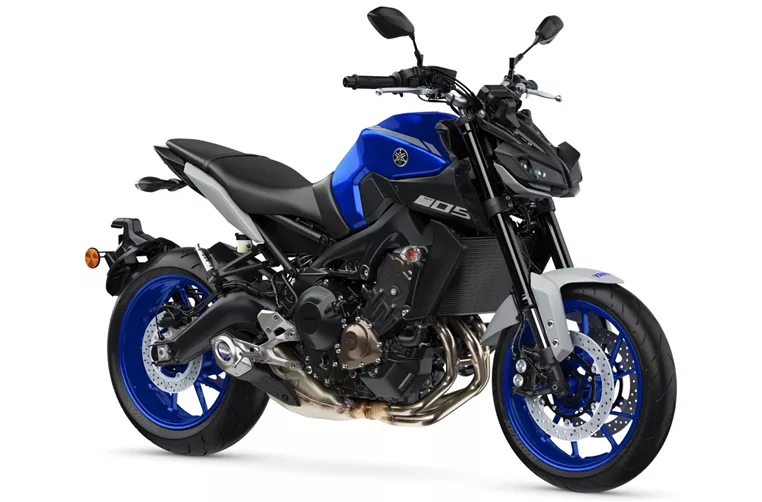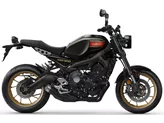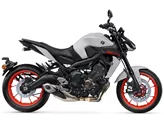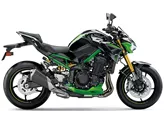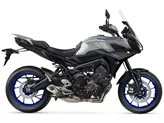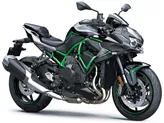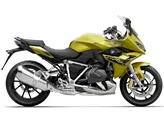Yamaha MT-09 2020 vs. Kawasaki Z1000 2014
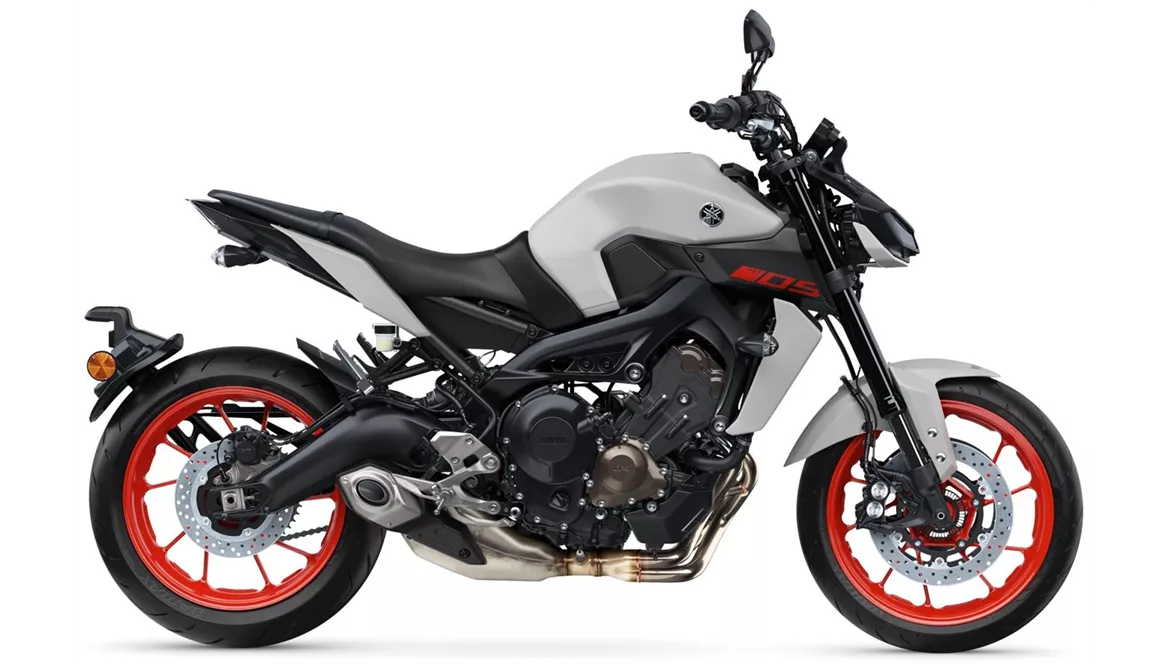
Yamaha MT-09 2020

Kawasaki Z1000 2014
Vue d’ensemble - Yamaha MT-09 2020 vs Kawasaki Z1000 2014
In comparing the Yamaha MT-09 2020 and the Kawasaki Z1000 2014, it is important to consider their technical specifications and strengths and weaknesses.
Starting with the technical specifications, both bikes have an inline engine type and liquid cooling. However, there are some notable differences. The Yamaha MT-09 has a 3-cylinder engine with a displacement of 847ccm, producing 115 horsepower and 87.5 Nm of torque. On the other hand, the Kawasaki Z1000 has a 4-cylinder engine with a displacement of 1043ccm, delivering a higher power output of 142 horsepower and 111 Nm of torque.
In terms of suspension, both bikes feature upside-down telescopic forks in the front. The chassis of both bikes is made of aluminum, but the Yamaha MT-09 has a twin tube frame while the Kawasaki Z1000 has a double cradle frame.
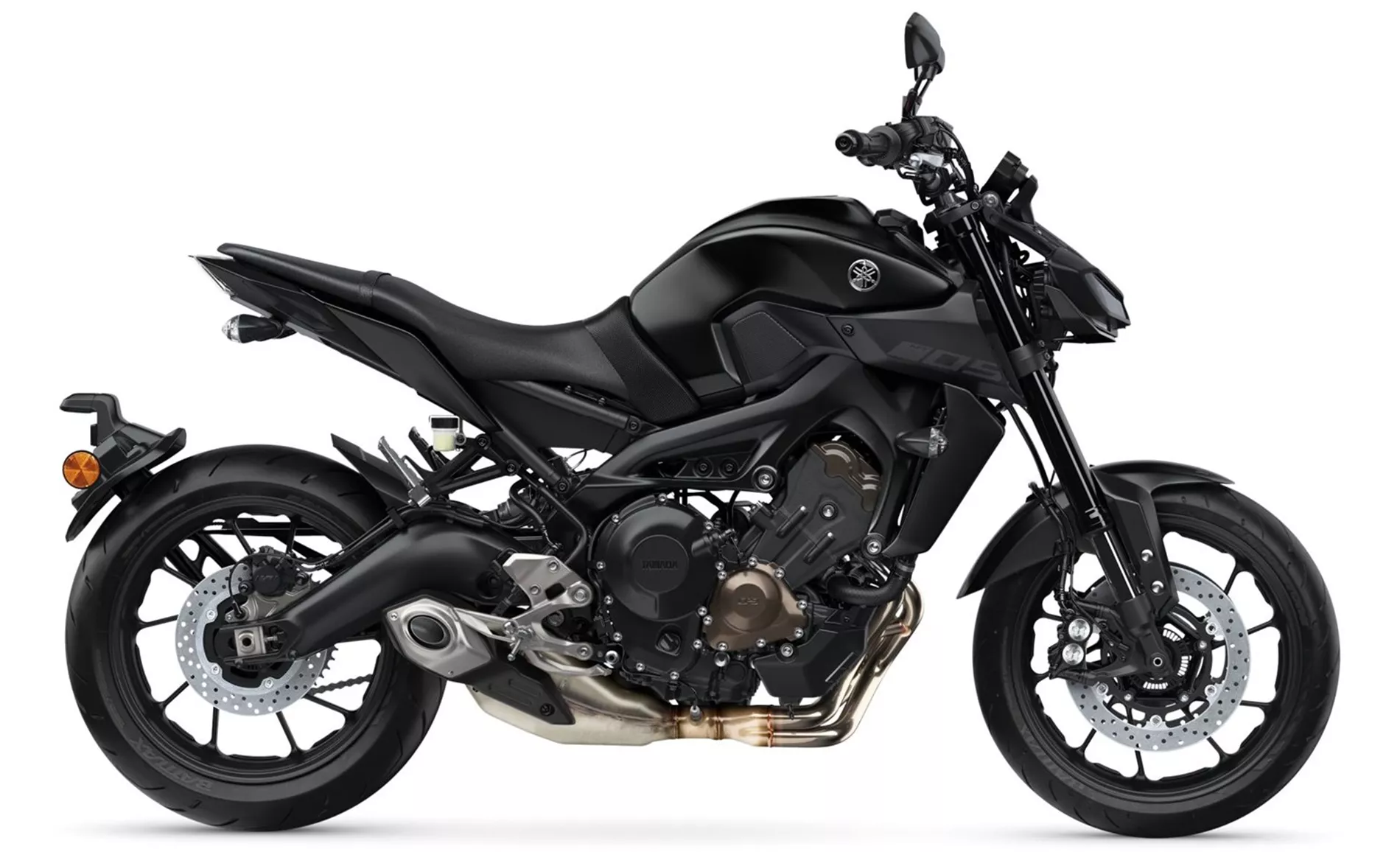
Yamaha MT-09 2020
When it comes to braking, both bikes have double disk brakes in the front. The dimensions and weights of the front and rear tires are similar, with a width of 120mm and a diameter of 17 inches for both bikes. However, the Kawasaki Z1000 has a wider rear tire with a width of 190mm compared to the 180mm width of the Yamaha MT-09.
In terms of dimensions, the wheelbase of the Yamaha MT-09 is slightly longer at 1440mm compared to the 1435mm wheelbase of the Kawasaki Z1000. Both bikes have a seat height of 815mm and a fuel tank capacity of 15 liters for the Kawasaki Z1000 and 14 liters for the Yamaha MT-09.
Moving on to the strengths of each bike, the Yamaha MT-09 2020 is praised for its powerful engine with ample torque. It also offers fine control of traction control, allowing for a more controlled riding experience.
On the other hand, the Kawasaki Z1000 2014 is commended for its sophisticated design and extremely pleasant handling. It also has a pleasant sound and good brakes, enhancing the overall riding experience.

Kawasaki Z1000 2014
However, both bikes also have their weaknesses. The Yamaha MT-09 lacks a blipper function, which may be seen as a drawback for some riders. The high handlebars of the Yamaha MT-09 also provide little feedback, potentially affecting the overall handling. Additionally, the throttle response of the Yamaha MT-09 is reported to be rough, and the early-regulating ABS may not be as refined as desired.
In comparison, the Kawasaki Z1000's main weakness is its high purchase price when compared to the S1000R.
In conclusion, the Yamaha MT-09 2020 and the Kawasaki Z1000 2014 have their own unique strengths and weaknesses. The Yamaha MT-09 offers a powerful engine and fine control of traction control, while the Kawasaki Z1000 impresses with its sophisticated design, pleasant handling, pleasant sound, and good brakes. It is important for potential buyers to consider these factors and prioritize their preferences when making a decision.
Caractéristiques techniques Yamaha MT-09 2020 par rapport à Kawasaki Z1000 2014
Avantages et inconvénients en comparaison
Avantages et inconvénients en comparaison
Yamaha MT-09 2020
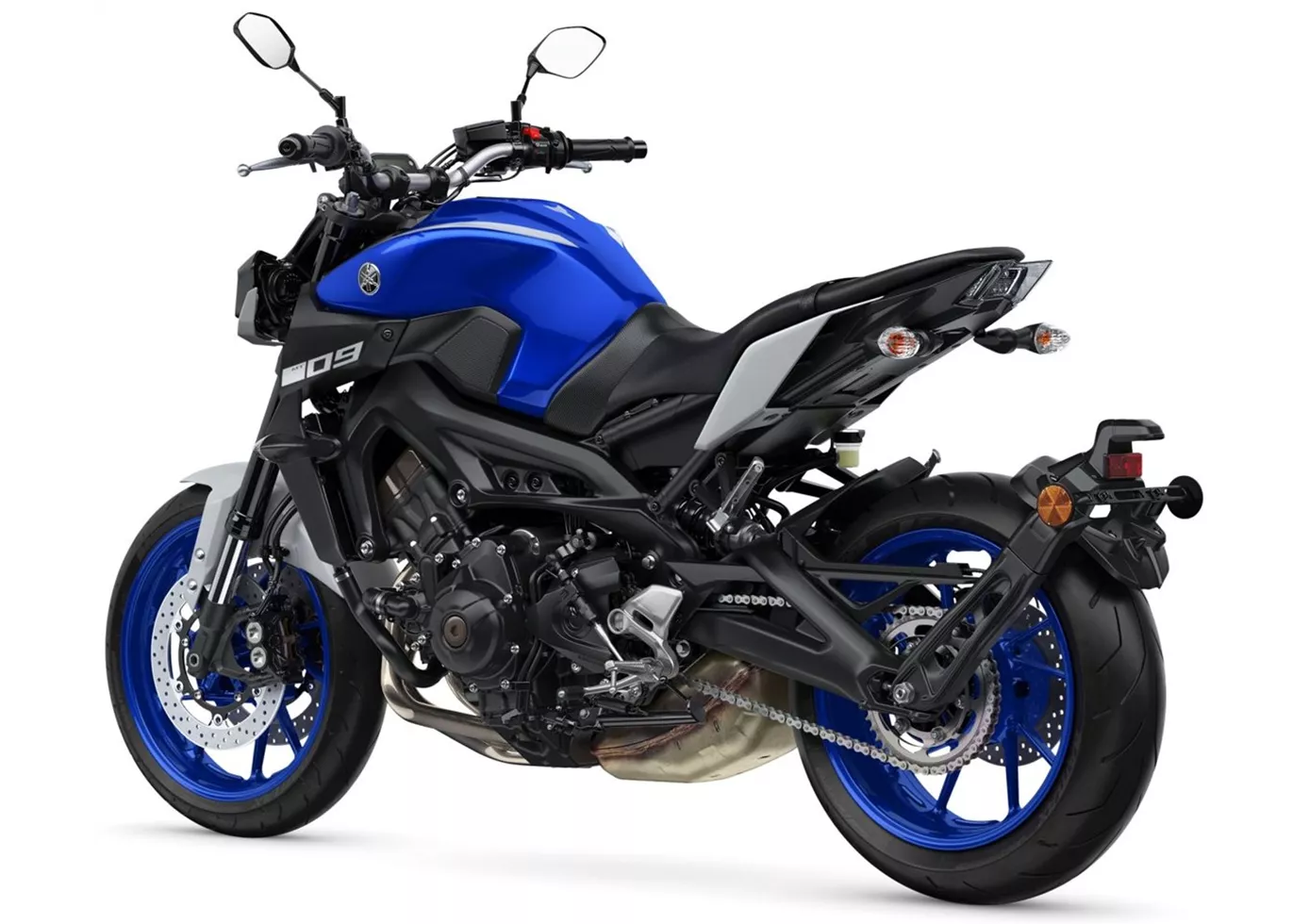
Conduire vite, c'est possible, mais c'est fatigant. Le guidon haut est contre-productif sur la piste de course et demande beaucoup d'efforts physiques. Même avec le châssis WP, la MT-09 n'arrive pas à se hisser au niveau de la Street Triple R. Elle ne peut donc pas être utilisée comme une moto de course.
Kawasaki Z1000 2014

La Kawasaki Z1000 (2014) est une déclaration contre la tendance électronique de son époque - et c'est précisément ce qui la rend particulière aujourd'hui. Son quatre cylindres au caractère bien trempé, sa mécanique directe et sa focalisation sans compromis sur l'essentiel répondent aux attentes d'une époque où de nombreuses motos sont devenues des ordinateurs roulants. Oui, elle renonce aux systèmes avancés d'aide au pilote et à une protection parfaite contre le vent. Mais elle offre en contrepartie une authentique expérience de conduite de nakedbike, associée à la fiabilité japonaise et à des coûts d'entretien raisonnables. La Z1000 n'est pas une machine pour les drogués de la fiche technique ou les fans d'électronique - c'est une moto pour ceux qui veulent encore décider eux-mêmes de leur conduite. Une moto honnête avec du caractère, qui continue à enthousiasmer même après des années et qui fait plus que remplir son rôle d'antithèse émotionnelle de la modernité Digital.
Comparaison des prix Prix moyen du marché Yamaha MT-09 vs Kawasaki Z1000
There are a few key differences between a Yamaha MT-09 2020 and a Kawasaki Z1000 2014. In terms of price, the actual average prices of both motorbikes are almost the same. Compared to Kawasaki Z1000 2014 there are less Yamaha MT-09 2020 bikes available on the 1000PS.de Marketplace, specifically 8 compared to 12. It takes less time to sell a Kawasaki Z1000 with 75 days compared to 110 days for the Yamaha MT-09. Since model year 2013 1000PS.de editors have written 57 reviews for the Yamaha MT-09 and 41 reviews for the Kawasaki Z1000 since model year 2005. The first review for the Yamaha MT-09 was published on 6/10/2013 and now has more than 39,900 views. This compares to more than 5,800 views for the first review on Kawasaki Z1000 published on 9/2/2002.
